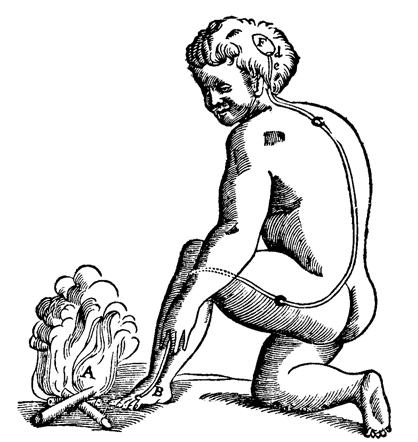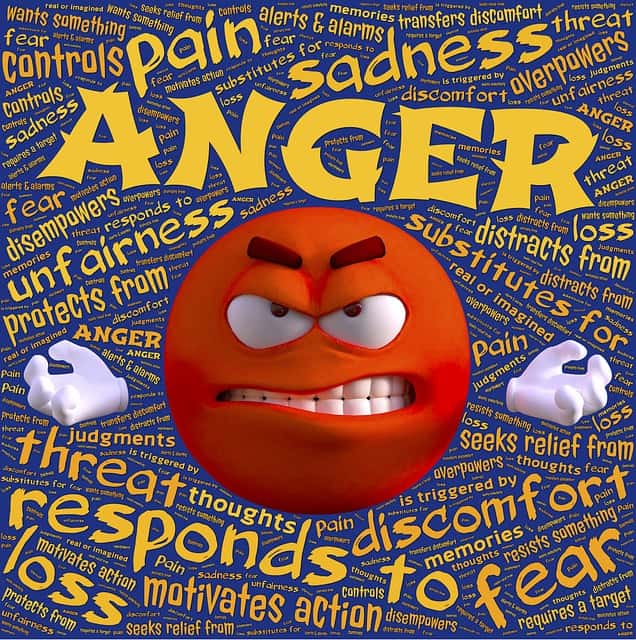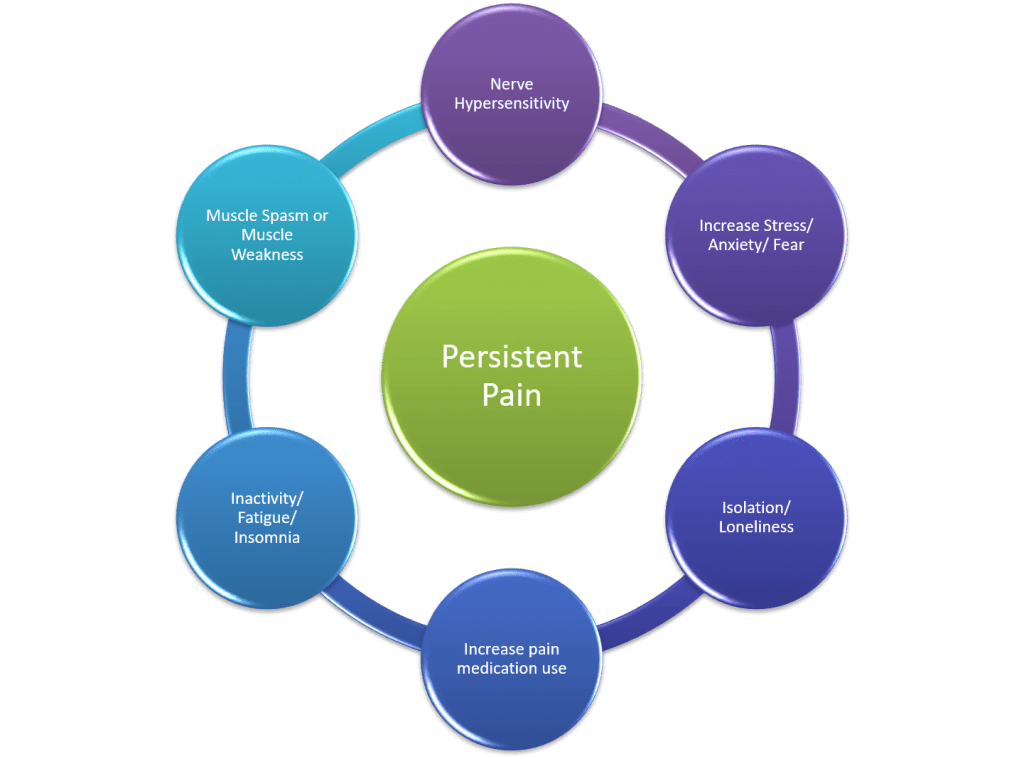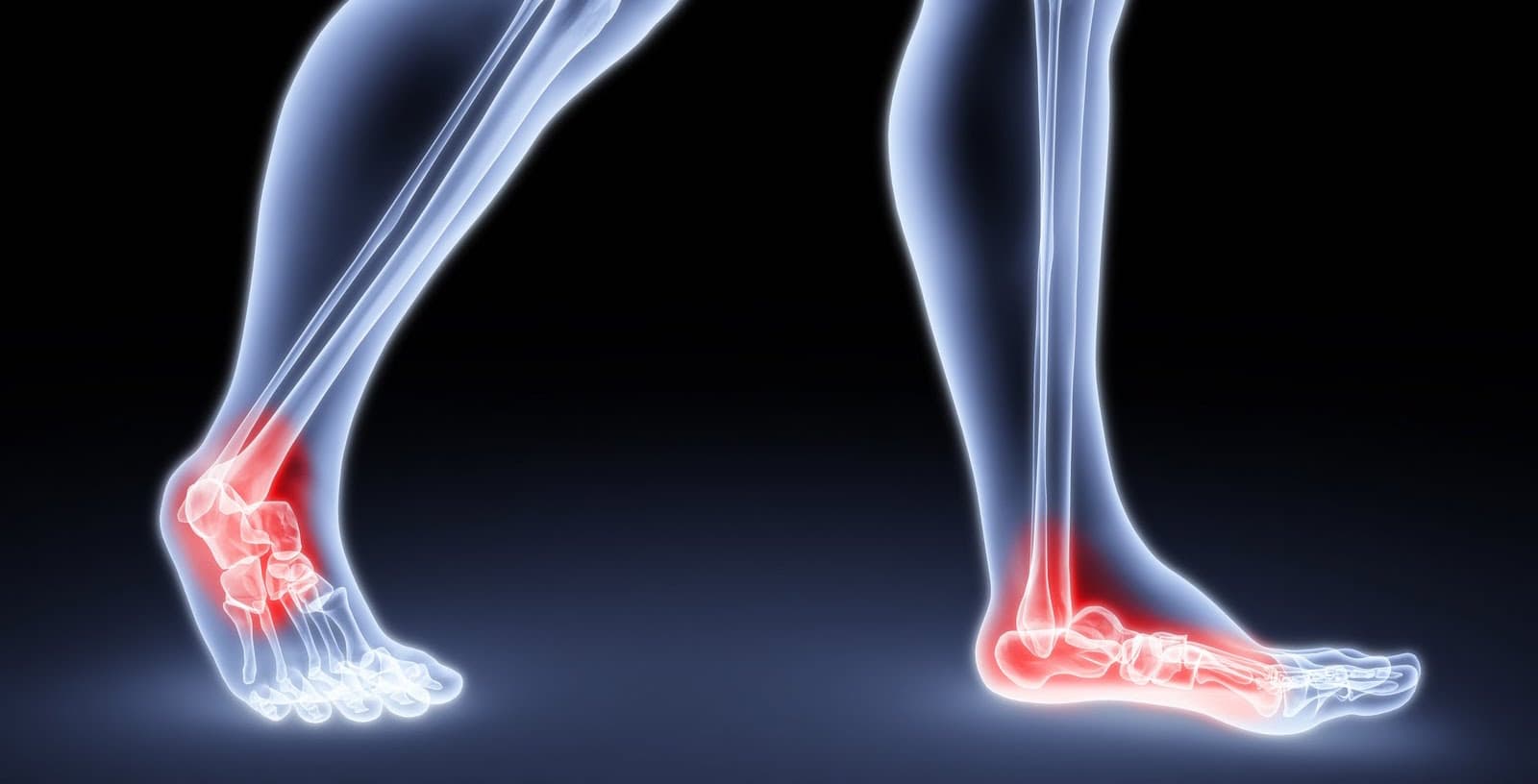Persistent Pain Uncovered | Why My Body Hurts ?
What is persistent pain?
Persistent pain, also known frequently as chronic pain, is any discomfort that extends or prolongs longer than three months after an injury or illness. Chronic pain can be defined by a series of symptoms that are caused by continued over-activation of the Central Nervous System and sympathetic nervous system.
Before discussing this persistent or chronic pain, we need to understand first about pain.
What is pain?
According to the International Association for the study of pain, “an unpleasant sensory and emotional experience associated with actual or potential tissue damage or described in terms of such damage.”
The alarm System:
Pain is like an alarm system that warns our body of actual or potential threats or dangers.
Potential tissue damage or threat: Bend your finger back until it hurts, and the brain warns you of potential damage well before any tissue damage can occur.

Actual danger or tissue damage: When you step on a sharp object, the alarm system goes off, and the danger messages are picked up from the foot and sent to the spinal cord and the brain. The brain then interprets the message back to the foot to act upon quickly.
What is the purpose of pain? Is pain normal?
Yes, this is a normal response, and the purpose of pain is to get your attention so that you can take action and take care of the problem. For example, in the above scenario, stopping from bending the finger or taking the foot off the sharp object is addressed by cleaning the wound and applying the bandage.
Pain’s most specific purpose is to keep you safe. Once the brain understands you have done the necessary management for the injury/ threat, the alarm system slowly returns to normal, gradually but slowly, for healing to happen, and it tells us about the need to take it easy so that the injury can heal.
It is essential to understand that pain usually stops long before the tissues have healed. It is a great way to understand that brain produces the aches and not the injured tissue itself. Since the brain knows that you have taken appropriate action to the injury and therefore, it perceives the injury no longer as a threat, and the ache stops once the threat stops.
Our body and the nervous system are amazingly programmed in such a way as to heal themselves. The treatments you receive or the initiative you take to help your soreness, like exercises, physiotherapy, massage sessions, and stretching exercises, speed up your recovery process. It enables you to get back to life.

Then why does the pain persist?
Sometimes the soreness lasts even after the tissues have healed, and then it goes into a state of persistent pain. In this case, the Nervous system has remained extra sensitive, limiting our movement and function, which is known as having a “Sensitized nervous system” or an Extra sensitive Nervous system. Where even a light touch and activities/ movements that previously did not hurt now produce discomfort.
If my tissues have healed and I still have soreness, is this discomfort real?
Yes, your soreness is real 100% of the time, and your discomfort is the output of the brain 100% of the time.
So, coming back to Persistent Pain now.
It is the brain that decides if the pain messages that you receive are a threat or not, and every person’s brain is different each time with perceiving the discomfort messages. If the brain believes it is a danger message, it can magnify the pain level, with the discomfort continuing to persist even after the tissues have long healed.
There are many studies to support that emotional response to just thoughts and fear of pain often has a more significant impact than the degree of initial or actual injury itself.
Persistent ache has been shown to affect every aspect of an individual’s life, from physical and emotional function to levels of activity, including the ability to work at home and the workplace and engage in social and recreational activities.
Research has shown that pain education and knowledge about discomfort are associated with less activity-related fear. In other words, reducing fear and anxiety through pain education in people with persistent soreness may provide an effective strategy to help manage fear related to strain, which lessens the threat value of discomfort and improves the overall quality of life. It also has been shown to decrease soreness, disability, pain catastrophizing, movement restrictions, and healthcare utilization.
So why is my nervous system extra sensitive?

A sensitized Nervous system means your reasonable pain threshold has become very low, which in turn can cause strain with even your typical day-to-day activities and movements that were once not painful. The brain does certain things, usually to protect you in the event of any stressful situations or injury. It initially produces discomfort. It tells your muscles to go into tightness or inhibit; hormone changes happen with the release of Adrenalin and Cortisol for flight and fight response, changes in breathing, increase in heart rate etc. Once the stressful situation is resolved, the body returns to a normal relaxed state.
These normal healthy changes in tissues and hormones can sometimes continue even after the situation has resolved. As more pain alarm signals are consistently sent to the brain, it can change your nerve excitability, which can, in turn, cause more soreness and further need for more protection. Again there is more pain and needs more protection, as this vicious cycle is going on and on, and your brain keeps getting more danger alarm signals even though your tissues are no longer in danger.
Persistent pain cycle:

It shows how certain negative emotions can influence your aches
Increase in pain—>Increase stress/ anxiety—>Increase fear —>Increase pain medication use—>Sleep problems—>Inactivity/ fatigue—>Muscle spasm and Muscle weakness—> Increased fight/ flight hormones—> Isolation/Loneliness—>Increases inflammatory response and Nerve sensitivity—> Persistent pain.
How to come out of the persistent pain cycle:
There are some things that you can do to help with persistent soreness by increasing your positive emotions that release positive, happy chemicals like endorphins and serotonin to reduce your nerve hypersensitivity.
“The man who moves a mountain begins by carrying away small stones.” ― Confucius
Steps to come out of persistent pain cycle:
The pain spasm cycle occurs when repetitive muscle contractions lead to increased pain sensations in an individual. here are some steps to help overcome the cycle:
- First, accept your pain
- Education on understanding your soreness
- Increase your day-to-day activity level
- Improve your sleep
- Pacing your activity
- Setting real-time goals
- Exercise regularly
- Have a flare-up plan
- Improve your positive social connection
- Healthy diet plan
Where do I start with my persistent pain recovery journey?
Persistent pain recovery starts with you being an active participant in your recovery process. Start with
- gradual progressive exercises it could be just a relaxed walk or a brisk walk for 20-30 min at a time,
- going for a bike ride
- joining the community strength training program or fitness program
- starting with gentle aerobic exercises
- Meditation, yoga, tai-chi, Qi-gong movement practice etc.
They all can help calm the nervous system and enables you to get back to the life that you deserve.
Physiotherapy treatment for persistent pain
Physiotherapy treatment can be very effective for persistent pain. The therapist will work with you to identify the source of your pain and develop a treatment plan to address it.
This may include exercises, stretches, massages, and other techniques to help relax the muscles and reduce inflammation. In some cases, heat or cold therapy may also be used.
It may be used in combination with other types of treatments, such as medication or surgery. The goal is to help you find relief from your pain and improve your quality of life.
Benefits of physiotherapy treatment for persistent pain
Chronic pain physiotherapy is a specialized treatment and extremely beneficial at managing and reducing long-lasting discomfort in individuals and for treating persistent pain.
The main advantage of physiotherapy is that it can help to reduce pain without the use of medication. This is important because the medication can often have unwanted side effects, and it is not always effective at treating pain.
Some of the advantages of physiotherapy treatment for persistent pain.
- Physiotherapy can help to reduce pain
- Improve range of motion and flexibility
- Increase strength and endurance
- Improve overall function
- It can also help to prevent further injury
If You have Persistent pain and need help, you could contact our physiotherapist at +1-604-532-7887

Cynthia Pathipati – Registered Physiotherapist
Cynthia Pathipati completed her bachelor’s in physiotherapy and is a qualified Registered Physiotherapist in good standing with the College of Physiotherapists of BC with more than 15 yrs of experience. She has Post-Graduate Credentials and Certifications as well as extensive knowledge experience in treating pelvic floor, orthopedic, neurological, vestibular and pain conditions.







